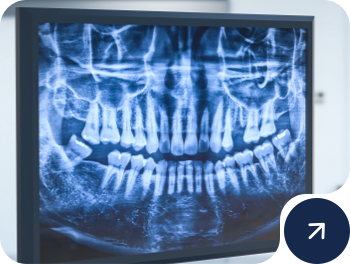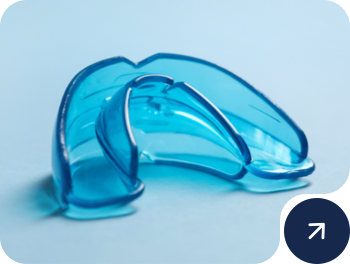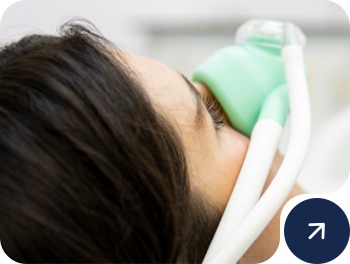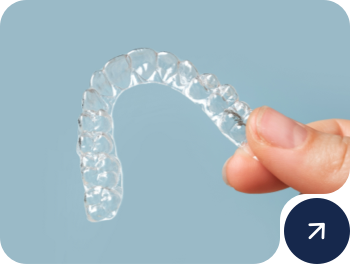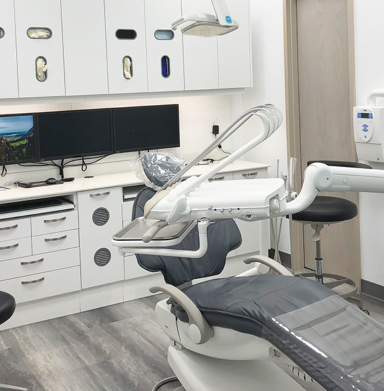Periodontal disease, also known as gum disease, is a chronic inflammatory condition affecting the tissues surrounding teeth. It’s caused by bacteria in plaque and can impact gum and bone health. The good news is, that if your periodontal disease is professionally addressed and treated, you can keep your teeth for life.
Regular professional cleanings and a good oral health routine can help prevent gum disease and protect your teeth, gums, and overall health.
Gum Disease Doesn’t Have to Lead to Tooth Loss
Not everyone with gum disease loses their teeth. It’s preventable and treatable (especially during the early stage—gingivitis). Some people are more susceptible to gum disease due to genetics, while others may develop it due to their poor oral hygiene habits or certain medications.
Early detection and consistent treatment with your dentist are crucial. Treatment may include deep cleanings, medication, and, in some cases, surgery. Addressing gum disease as soon as possible is essential.
What Causes Gum Disease?
Plaque Buildup
Gum disease begins with plaque buildup. Plaque is a sticky, thin film of bacteria that constantly forms on teeth, especially around the gumline. It contains bacteria that grow due to sugary and starchy foods left behind in the mouth.
Plaque Turns to Tartar
Plaque can harden into a rough, calcified deposit called tartar. Tartar clings to the tooth surface, both above and below the gumline, and creates an ideal environment for bacteria to thrive and cause infection.
Inflammation
Bacteria in plaque and tartar irritate the gums, triggering an inflammatory response. During this stage, you might notice some redness or puffiness in your gums.
Gingivitis
Gingivitis is the early stage of gum disease. It’s characterized by swollen, red gums that bleed easily when brushing or flossing. The disease is still reversible and can be treated by your dentist and dental team.
Periodontitis
If gingivitis is left untreated, the inflammation can worsen, affecting the deeper tissue supporting your teeth, including the bone. This stage is called periodontitis. Your gums may begin to pull away from your teeth.
Potential for Tooth Loss
As periodontitis progresses, the supporting bone and fibres around your teeth deteriorate, creating pockets where even more bacteria can accumulate. This infection may eventually loosen your teeth, which can lead to tooth loss.
The Key to Keeping Your Teeth
Proactive management is the key to preventing tooth loss, despite gum disease.
The first line of defence involves a visit to your dental team. They can scale your teeth to tackle tartar, breaking up deposits that regular brushing and flossing can’t handle alone.
In-depth cleaning procedures like root planing might become necessary. This treatment removes tartar from above and below the gum line and smooths out rough spots on the tooth root where germs and bacteria tend to congregate. Your dentist might prescribe an antimicrobial mouth rinse to help control the infection.
Lifestyle Changes to Help Prevent Gum Disease
Good oral care isn’t just a dental office concern. It’s a daily practice. Here are a few lifestyle changes you can make to help prevent gum disease:
- Brush your teeth regularly and thoroughly, at least twice a day for 2 minutes.
- Floss every day to remove plaque and food particles from between your teeth.
- Use an alcohol-free antimicrobial mouthwash to kill bacteria in hard-to-reach areas.
- Quit smoking or using other tobacco products, as they can increase the risk of gum disease.
- Eat lots of fruits and vegetables, which can boost the immune system and help fight infections.
- Limit sugary foods and drinks.






